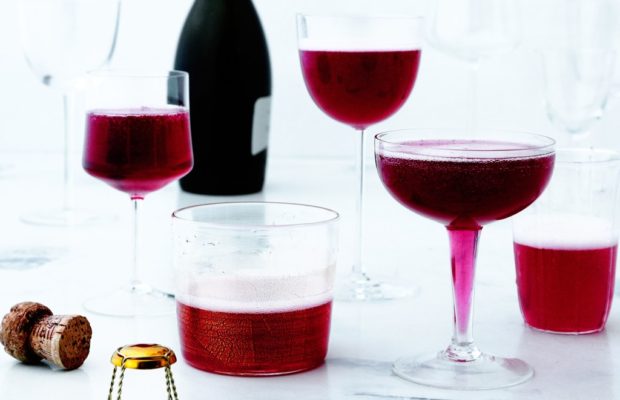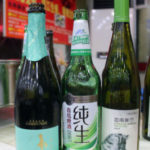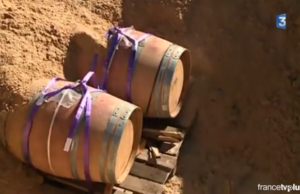How to Buy the Best Possible Wine at the Grocery Store

Or a liquor store. Or a gas station. Really anywhere but a wine shop. Because although wine shops are always preferable, sometimes it’s just not possible where you happen to be. Here’s how to get a decent bottle when you are left to your own devices in the beverage aisle.
Focus on varietals you know and love. I’m all about trying new things, but now is not the time for experimentation. You want to get out of there with something you’ll enjoy, not throw back with your nose plugged. For me, I would drink Gamay out of a deskside trash can if it came down to it, so I always go Beaujolais. That way even if it kinda sucks, it won’t suck that bad.
Find recognizable regions. And the more specific, the better, like Mount Etna in Sicily or the Carneros sub-region of Sonoma. Many wine producing regions have strict regulations winemakers must follow in order to list the region on the bottle. While a designated, regional wine doesn’t necessarily mean it’s going to be the best, it does mean it is held to a certain standard and is likely to be of better quality than a vague $5 one from “France.”
Keep climate in mind. The warmer the climate, the fruitier and sweeter the wine is. The cooler the climate, the more tart and acidic the wine. This is why a Pinot Noir from California can taste drastically different from a Pinot Noir from Oregon. While no one expects you to know every region’s climate off the top of your head, considering it and using your best judgment with what you remember of geography class will lead to better purchases than just grabbing a pretty label.
Take a look at the ABV. The Alcohol by Volume is listed on every bottle, and it can give you a good glimpse of what’s inside. The ABV is determined by how ripe the grapes were when they were picked. The higher the ABV, the richer the wine. If you like bigger, bolder wines you’ll do well with a higher ABV, like 13% or above. If you like lighter, drier wines, stick to wines with an ABV lower than 13%.
Read the whole label. Finding “Sauvignon Blanc” in a cool font tells you nearly nothing about the wine, so make sure to read both the front and back of the label. Often wineries will have their own tasting notes, and they also may tell you more about their winemaking, like the use of oak fermentation if you enjoy richer wines with hints of vanilla, or sustainability practices. This will prevent you from getting home and hating the bottle because you didn’t see they overused the word “buttery.”
Worst case scenario, just add… Let’s say you followed these tips and you still came home with a bunk bottle. Don’t dump it, just fix it up. For white wines, add sparkling water, a bit of citrus and whatever fruit you have in the fridge for a quick spritzer. For red wines, turn it into mulled wine or make a Kalimotxo by adding Coca-Cola. Yes, that is a thing. And too much will give you a hangover, but damn is it delicious.



















